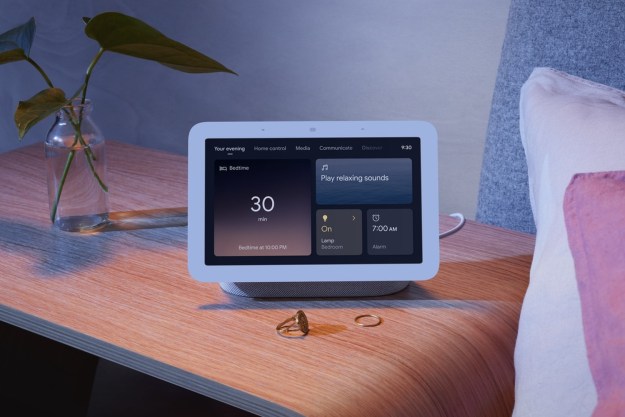
While you may be creating a more efficient household by installing smart hubs that let you control everything from your sprinkler system to your television, you’re also subjecting yourself to quite a bit of risk. There have been a number of newfangled attacks that have arisen as a result of the growing popularity of the connected home, with reports of hacked baby monitors and vulnerable fridges inundating the web.
So the Guardian Project came up with a solution of sorts. As Wired reports, the non-profit took a Raspberry Pi and turned it into a smart hub that uses the open-source software HomeAssistant software while simultaneously serving as a Tor hidden device. This is the same process by which Tor hides the location of servers responsible for dark web sites. This means that you can still keep your devices without exposing yourself to potential attacks. “All we did was pull these pieces together to demonstrate a proof-of-concept for the role Tor can play in your home,” Guardian Project director Nathan Freitas told Wired. “It’s turning your Internet-of-things hub into a hidden service.”
By using an authenticated hidden service, Wired explains, “Tor’s intermediary computers can’t connect to the destination computer at all without you implementing a certain passcode, which Freitas describes as a ‘cookie.'” In fact, your smart devices become effectively undiscoverable to potential hackers. “If you add authentication, only people with this cookie can even connect to” your smart home hub, said Freitas. “Without it, Tor doesn’t even let you route to that service.”
Currently, HomeAssistant is little more than a demonstration, but Freitas wants to bring the new secure version of the connected home to market. “We want to introduce the idea that Tor can be used this way, and to advocate that IoT vendors adopt and innovate with it,” he said. “We’re ready to work with anyone interested in doing that.”
Editors' Recommendations
- ElliQ is a smart home companion designed for your grandparents
- How to sell your parents on a smart assistant
- Can your smart home save you money on homeowners insurance?
- The Home Connectivity Alliance wants to bring you the smart home of your dreams
- 7 things you didn’t know your smart thermostat could do


